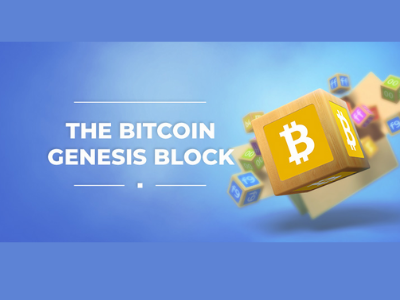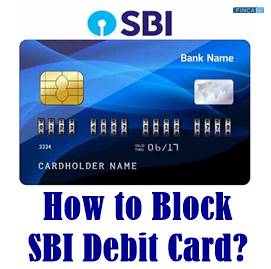Uncle Block (Cryptocurrency)
Such a situation can be made possible when all the nodes maintaining the ledger aren’t instantly updated every time a new block is mined. Rather, you may mine two blocks close together, in which case only one is validated across the nodes on that particular ledger. The block which doesn’t get validated becomes an uncle block.

To put the Uncle blocks term briefly, in Ethereum blockchains, when two blocks are mined and sent to the ledger at around the same time, uncle blocks are created. However, out of the two, only one block is validated and can enter the ledger, while the other doesn’t.
Although uncles are equivalent to Bitcoin orphans, yet the former has a more integrated use. Besides, miners of uncle blocks in the Ethereum ecosystem are rewarded, whereas Bitcoin’s orphan miners are not rewarded.
Uncle Blocks in Detail
Let’s discuss blockchain first. A blockchain, which is a specific kind of database, can be formed by an evolving chain of blocks. These blocks are capable of storing details of numerous transactions that happen across the blockchain network.
A newly mined block is validated and included in the blockchain, and miners who can find this new block will be given the block reward. After the addition of each new bloc, the length of the blockchain, typically known as the block height, increases.
Interestingly, at times, it is possible that two different miners are generating one block at the same time. Such a situation may arise depending on the blockchain’s working mechanism. Because the blockchain may not always accept the new blocks instantly.
This causes a delay in the blockchain system and gives rise to a situation where another miner may be trying to solve and add the same block to the blockchain network at the same time. Hence, an unsettled state may occur in the network for a temporary period, and so, among the newly identified blocks submitted at the same time, only one gets accepted, and the other gets rejected.
The blocks that are rejected comparatively have a lower share of proof of work, and these are the ones that comprise the uncle blocks. The ones with a relatively larger share get approved and added to the blockchain, after which they start working as a normal block.
Talk to our investment specialist
What’s the Ethereum Rationale for Uncle Blocks?
Ethereum incentivizes the miners for including a list of uncles while mining a block. Miners will be benefited from this in numerous ways, including -
- It increases the chain’s security by adding the work done in the uncle blocks to that on the main chain. This reduces the amount of work wasted on stale blocks.
- It reduces centralization incentives by rewarding the miners who produce stale blocks and are not a part of large mining pools.
- It increases the number of transactions on the blockchain network.
- It helps to neutralize the impact of network lags that may occur while distributing mining rewards.
All efforts have been made to ensure the information provided here is accurate. However, no guarantees are made regarding correctness of data. Please verify with scheme information document before making any investment.









